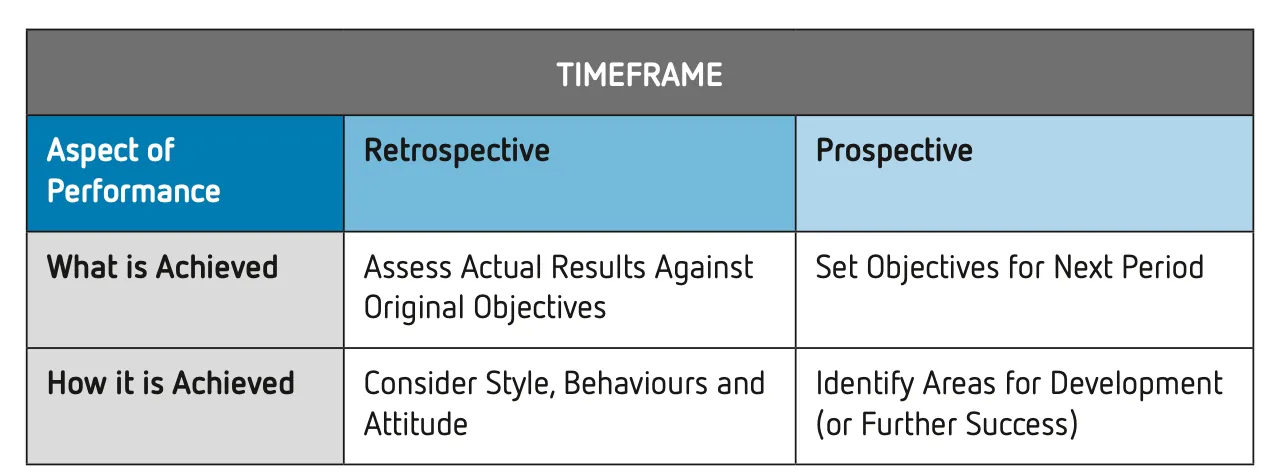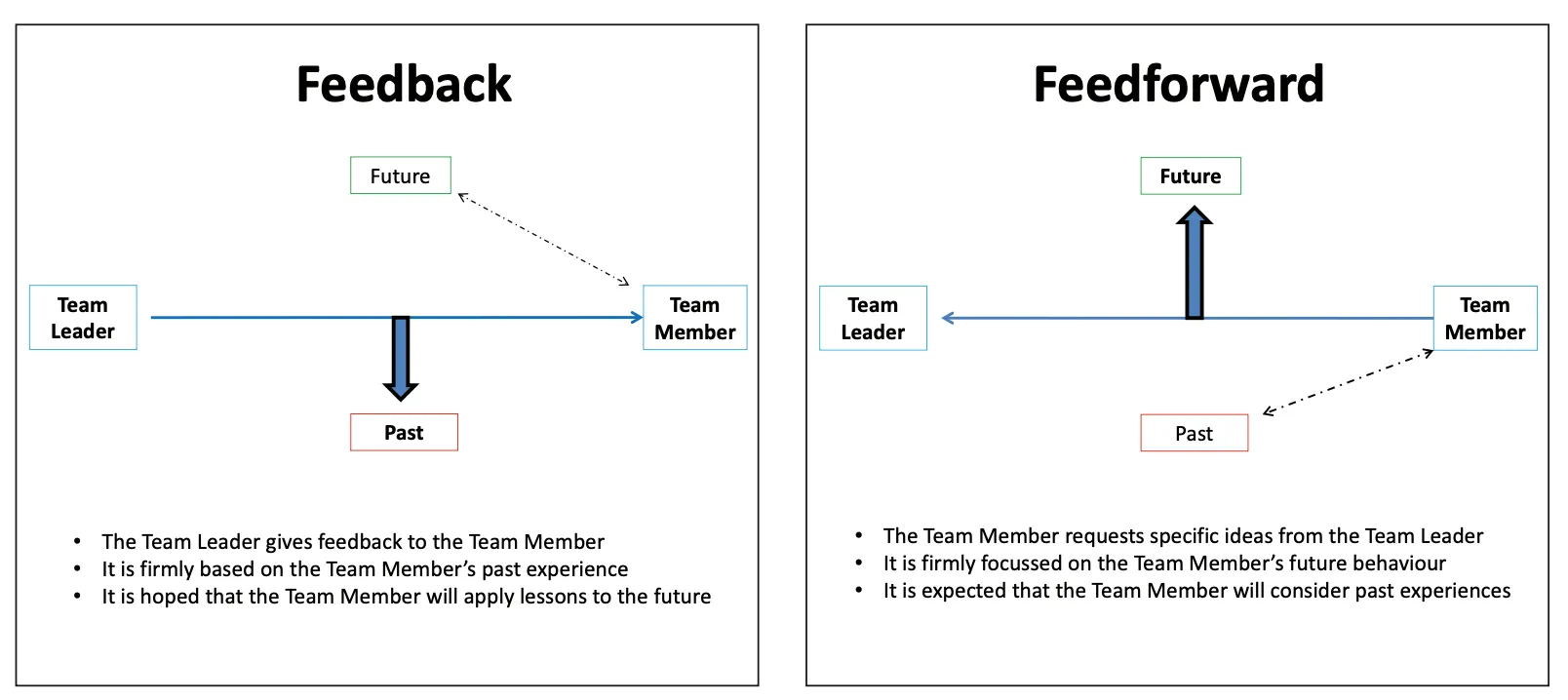Actuarial careers
Industry topics

Claim your CPD points
As we are approaching the end of the calendar year many readers may be undertaking annual or semi-annual performance appraisal conversations. These are important meetings and provide a great test of people leadership skills.
Let’s begin by differentiating management and leadership
One succinct quote claims: “Management is doing things right. Leadership is doing the right things.” I think this reminder is very apt when we think about performance appraisals…
Good managers operate good performance review processes. They ensure that all of the company templates are fully completed and that each team member is treated fairly and consistently. They will also organise the outcomes so that the results will neatly fit in with the subsequent steps (e.g. remuneration review, bonuses or promotions). These are important skills and critical for human resource management.
Good leaders, on the other hand, understand the core purpose of the performance appraisal. They know that the most important outcome is that each team member is better equipped and more motivated to contribute to the business. They recognise that templates are necessary and that human resource processes are valuable.
However, they don’t allow the process to undermine the quality of the human interaction. They understand the value of tailoring the process for different team members. These are much rarer skills.
Let’s look at how this might play out in the appraisal process
Whilst every organisation adopts a different approach, most are based on the interaction of the following two dimensions:

In my experience, most team leaders are competent when it comes to the ‘what’ line. Assessing actual performance against clearly defined objectives, especially if they are supported by suitable key performance indicators (KPIs), is not particularly difficult.
Similarly, assuming that the business has a clear plan and roles are well understood, setting clear objectives for the team member for the next period is usually not a challenge. It is the implementation of the ‘how’ line that clearly differentiates leaders from managers.
Any discussion about how a team leader behaves in the workplace is inevitably linked to the nature of that person. Once we are focusing on a human-being (rather than an objective KPI), the personal nature of the interaction, especially if the subject is one of ‘areas of improvement’, may present challenges.
This is when leaders, who believe that their responsibility is to empower and enable the team leader to perform more effectively, will outperform managers, who believe that their responsibility is to record feedback and development plans. In this context I would like to focus on the subject of feedback and present a supplementary step for people leaders.
There is plenty of helpful material available on how to deliver feedback and I agree that it is important. However, the problems with feedback include:
Let’s think about leading actuaries who, as employees, are generally professional, motivated, intelligent and have some degree of self-awareness. Feedback is still valuable to identify blind spots and provide specific examples of behaviour, both positive and negative. It is also helpful to provide a different perspective, even if only for reassurance.
However, I believe that Marshall Goldsmith’s concept of ‘feedforward’[1] could be adapted for appraisal conversations to capitalise on the actuarial team member’s self-motivation.
Here is my suggestion to supplement that part of the appraisal conversation that deals with the team member’s behaviour:
This approach addresses the three problems with feedback that I listed above:
The following diagrams (below) may help compare the two approaches:

The Feedforward Approach is about solutions, not defensiveness; focuses on the future, not the past; and emanates from the team member rather than the team leader.
Good people leaders empower and enable their team
Using this simple, modified version of the original ‘Feedforward’ concept bestows each team member with the responsibility to select the areas that they wish to work on. These areas could be behavourial (e.g. “improving my patience”) or skill-related (e.g. “improving my report writing”) or practice-related (e.g. “improving my time management”). It is up to the team member to identify the areas – and it is up to the team member to choose which ideas to implement.
I suspect that the likelihood of successful improvement is far greater than if the team leader delivers feedback on past shortcomings and requests attention in the future. Of course, it would be delightful if the team member’s choice of areas to address were aligned with the team leader’s perceptions. In the event that they are not, the team leader is expected to trust the team member anduncritically provide his/her ideas. This potential lack of alignment has material implications for the order in which behaviour is discussed.
Should the team leader provide feedback first or should the team member seek feedforward first?
I think it depends on the relationship and I also think it depends on the degree of self-awareness in the team member. I suggest that the choice may also reflect the confidence of the team leader. Either way, please think carefully about who goes first.
For team leaders, I invite you to trial the technique at your next appraisal meeting. For brave team members, perhaps you can suggest it to your people leader at your next appraisal meeting. I would be interested in your feedback!
[1] See http://www.marshallgoldsmithfeedforward.com/